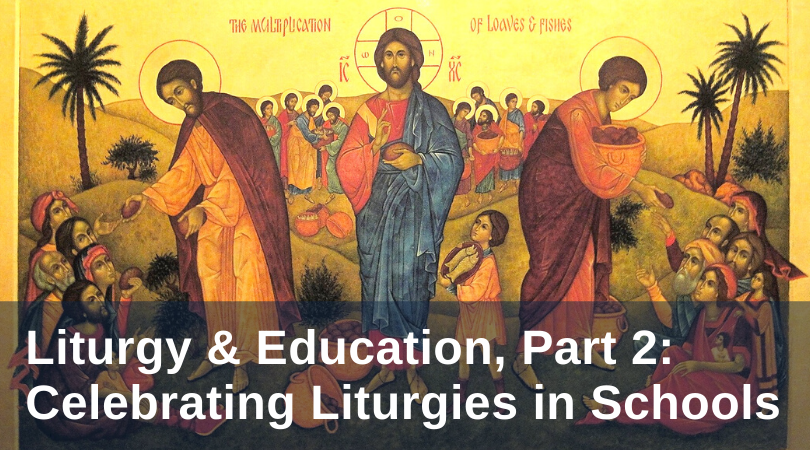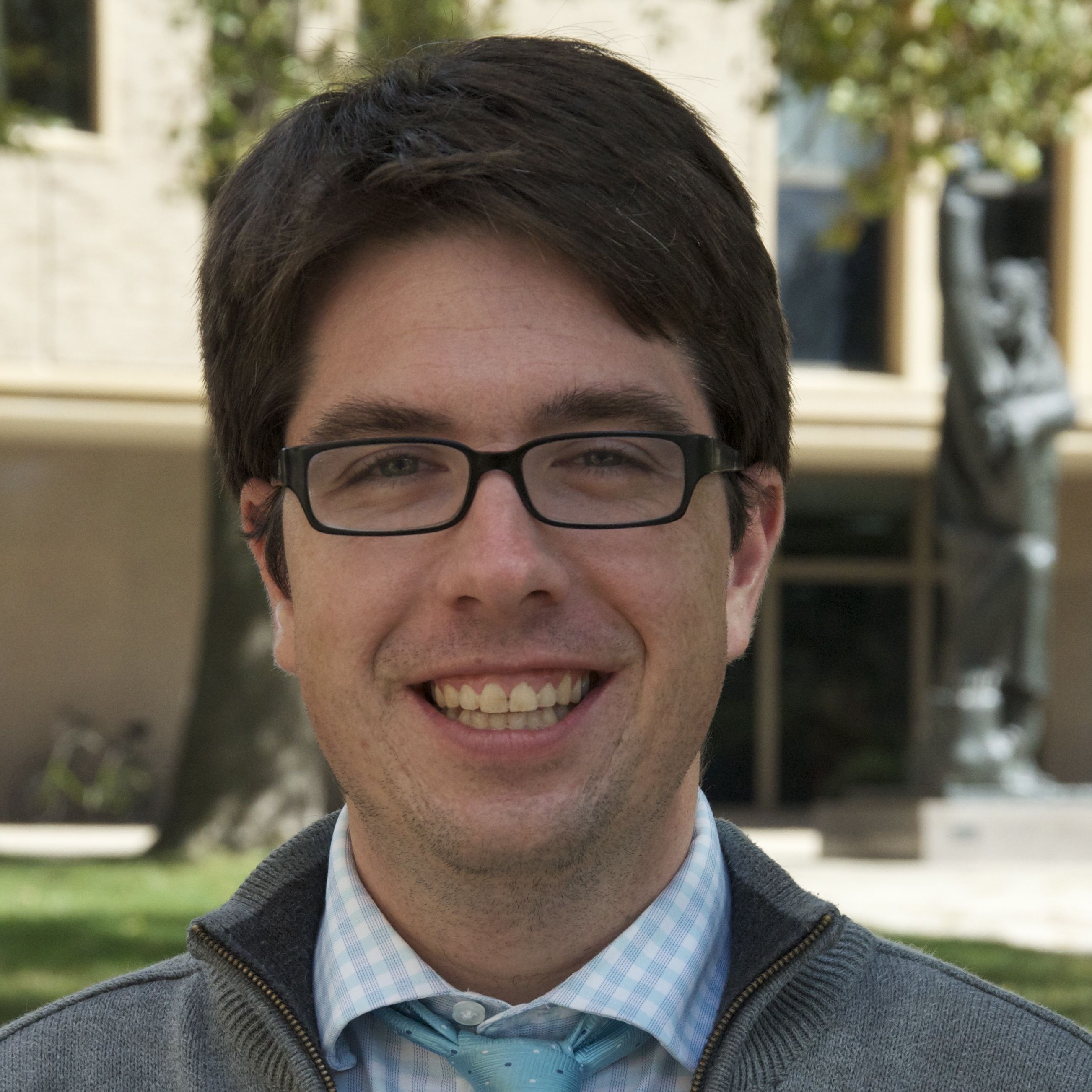
Over the last three years, I have been working with the Archdiocese of San Francisco, addressing the quality of Eucharistic celebration in their schools. Almost universally, school leaders, especially at secondary institutions, recognize that all-school Masses are rarely occasions of prayer for faculty or students. Here are three questions for schools in this situation to consider.
1. Where are school liturgies celebrated?
Most schools use a gym for all-school Masses, since they are often the only spaces large enough. But this presents significant challenges for the liturgy, since students are formed to recognize the gym as dedicated to physical exercise or athletic conquest, not the Eucharistic sacrifice.
If one must use a gym (or auditorium) for Mass, there are things that can be done. Liturgical music drawn from the fullness of Catholic life—including chant and polyphony—can transform an otherwise non-sanctified space into a sacred one, as can sacred art, including iconography or a large crucifix.
Additionally, perhaps all-school Masses should be rarer if there is not a chapel large enough for the entire student body. Eucharistic formation of students and faculty could occur in smaller groups through monthly Masses celebrated in a chapel.
The school could also invest in building a chapel large enough for the student body, declaring to students, faculty, and parents that worship is central to its educational identity.
2. Is Mass the most fitting liturgical celebration for the school?
Catholic school leaders frequently express concern about the increasing number of non-Catholic or lapsed Catholic students. Unable to participate in or receive the Eucharist, they do not know what is happening, or understand what the Eucharist is. Intellectual and spiritual formation can help, but perhaps in such cases, the Eucharist should not be the primary liturgical celebration.
The Liturgy of the Hours is also a liturgical celebration of the Church, and could be celebrated more regularly since an ordained minister is not required. Students could be introduced to the psalms, discovering in these ancient hymns a school of prayer. Faculty and staff could break open the Scriptures through preaching. Students could memorize the canticles of the Church and learn that Catholicism hopes for the sanctification of all time through Christ.
The Hours are not the only option. Nor is required liturgical celebration during the school day the only way to form students for prayer. Marin Catholic outside of San Francisco offers optional Eucharistic Adoration on Sunday evenings. Students flock to spend their free time praying there because it is an occasion for quiet reflection.
3. Does the school have a robust Catholic and thus liturgical culture?
If monthly Mass is the main way that faculty and students encounter a Catholic and thus liturgical culture, it should not be surprising that this Mass remains peripheral to school life. Here are three ways to think about this culture.
First, all faculty (not just theology teachers) are carriers of culture. If faculty come to Mass with a cup of coffee and chat in the back of the gym, the students will see Mass as unimportant. Faculty also require a Eucharistic formation that enables them to see teaching as a liturgical offering.
Second, the curriculum presents this culture. In the monastic schools of medieval Catholicism, the liturgy was not just something that was done. It infused the entire “curriculum” of the monastery. The monk was made to worship God. But Catholic schools often propose another, hidden curriculum: the human person is made for limitless success; thus, we are ultimately made to produce/consume. Students learn what to praise through the school’s curriculum. If they do not see God as worthy of praise, we need to re-examine the curriculum.
Third, families are integral to Catholic culture. Schools are wonderful, but they are not the first place where students learn. Catholic schools must see the family as a culture of leisure, contemplation, and communion. A school that interferes with the family through infinite homework or treating extracurricular activities as a kind of liturgy never gives families a time for right worship.
Improving school liturgies is not just a matter of getting a good choir director or teaching students the meaning of the Eucharist. It is about creating a culture where it is easier to worship God.
Like what you read? Submit your email below to have our newest blogs delivered directly to your inbox each week.
Featured image: New Skete, Multiplication of the Loaves and Fishes by Sr. Patricia Reid, RSCJ; courtesy of Jim Forest via flickr; CC-BY-NC-ND-2.0.


